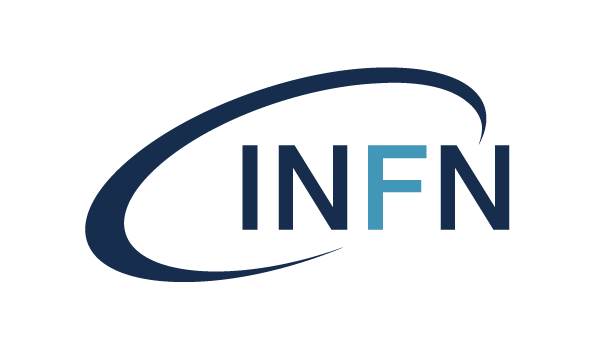Attention
If you received emails from travellerpoint(dot)org, please be careful. The email asks about arrival and departure dates to Trento. Please ignore the emails and do not reply or click on any link given by them.

Abstract
The structure properties and formation mechanisms of hadrons and nuclei are among the key open questions in nuclear physics. With major experimental efforts underway to map out the structure of hadrons and nuclei, a closer link between practitioners of these different areas is key for revealing the origin of glue that binds their constituents and the real-time properties of hadrons in heavy-ion collisions. Over the past decade, ab-initio approaches such as lattice QCD, functional QCD approaches and chiral effective field theories have advanced to a stage where we are beginning to understand the timelike properties of hadrons, the QCD phase structure at high densities, nuclear formation processes and the composition of nuclei from first-principles. The goal of this workshop is to explore common interests and potential synergies between the different fields and approaches by bringing together experts from the different areas.
Goals
The goal of this workshop is to bring together experts from lattice QCD, chiral effective field theories and functional methods to explore common interests and potential synergies in addressing the following key questions:
(1) What is the quark-gluon structure of hadrons and nuclei? Among the central goals of the EIC is to map out the inside of the nucleon and nuclei. This relates to a number of questions that require crossing over from spacelike to real-time and lightlike kinematics, e.g., through first-principles calculations of (generalized) parton distribution functions and transverse momentum distributions: What is the spin and flavor structure of the nucleon? What is the distribution of gluons and sea quarks in hadrons and nuclei, and how do high gluon densities manifest themselves in nuclei?
(2) Phase structure of QCD at finite density and fluctuations On the lattice, both the computation of higher order fluctuations of conserved charges as well as the understanding of the convergence properties, e.g. with Lee-Yang zeros at larger density by now give a firm access to the phase structure for mu_B/T < 3. In turn, functional computations converge by now on a phase structure with an estimate of the onset of new physics at mu_B/T ~5.5 - 6, or beam energies per nucleon of ~4 GeV. These advances carry the promise that in combination this may lead to a firm prediction of the regime of new physics (with or without a critical end point).
(3) Real- time properties of QCD The input to fluid dynamics and transport equations is the equation of state, transport coefficients, and further real-time correlation functions in QCD. Their computation with functional approaches and lattice reconstructions has entered a quantitative state with decreasing systematic errors. With their use in fluid dynamics and transport approaches a quantitative comparison to experimental data becomes feasible.
(4) How do nucleons bind to nuclei? The nucleus is a ‘QCD molecule’ made of individual nucleons but simultaneously a bound state of valence quarks held together by the strong interaction. Although first-principles approaches have made large progress in view of a better understanding of the formation of nuclei in QCD, many properties are still not well understood: the microscopic nature of the NN and 3N interactions, short-range correlations in nuclei and hypernuclei, or the change of nucleon properties when implanted in a nucleus as seen in the EMC effect. A closely related question is what happens when baryons overlap because they are densely packed together, such as in extreme astrophysical environments like the core of neutron stars where they may dissolve to form color-superconducting quark matter.
Key Speakers
R. Alkofer (Graz)
M. Constantinou (Philadelphia)
F. Cuteri (Frankfurt)
F. C. de Soto Borrero (Sevilla)
A. Drago (Ferrara)
C. S. Fischer (Giessen)
W.-j. Fu (Dalian)
F. Gao (Peking)
C. Höhne (Giessen)
P. Lowdon (Frankfurt)
O. Oliveira (Coimbra)
P. Petrecky (Brookhaven)
F. Rennecke (Giessen)
P. Salabura (Krakow)
G. Salmè (Rome)
B.-J. Schaefer (Giessen)
R.-A. Tripolt (Giessen)
R. Venugopalan (Brookhaven)
N. Wink (Darmstadt)
S. Zafeiropoulos (Marseille)
Participant information
Details on support and accommodation can be found here.
Organizing Committee
Gernot Eichmann (University of Graz, Austria)
Markus Huber (Giessen University, Germany)
Maria Paola Lombardo (INFN, Florence, Italy)
Pieter Maris (Iowa State University, United States)
Jan Martin Pawlowski (Heidelberg University, Germany)



.png)